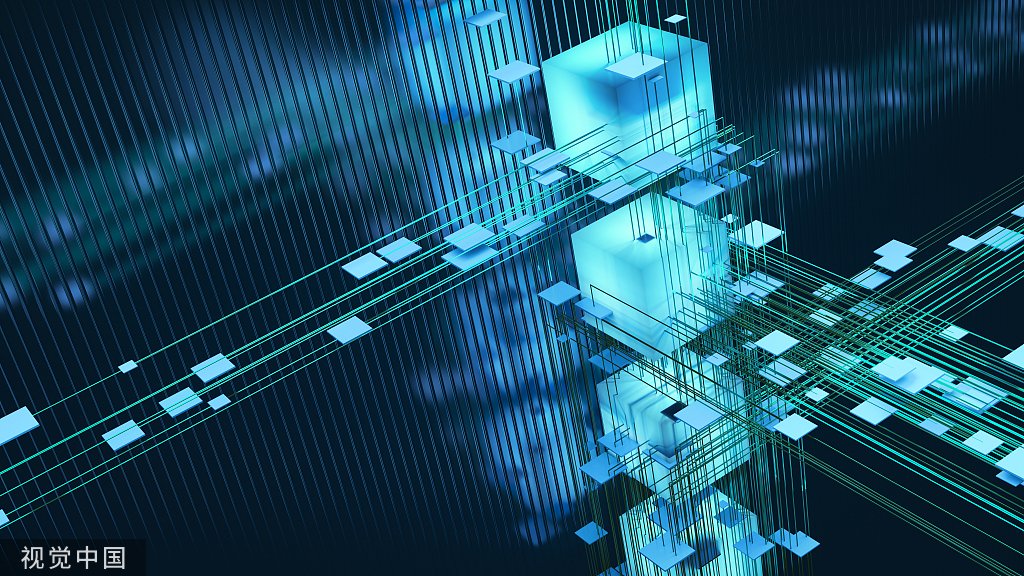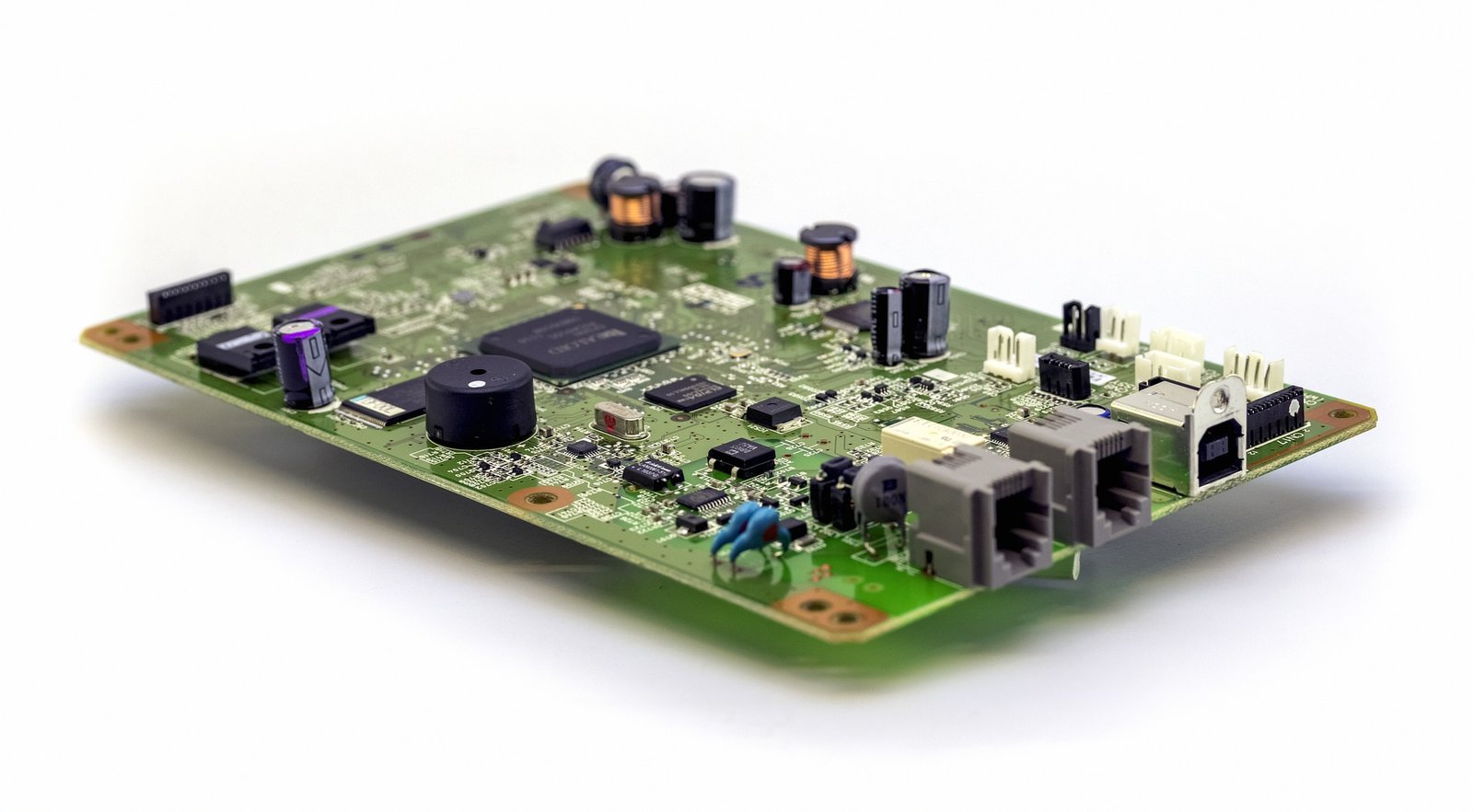In the realm of printed circuit board (PCB) manufacturing, the distinction between prototyping and full specification production is crucial. These two phases represent different stages of product development and have unique processes, requirements, and objectives. Understanding these differences can aid businesses in optimizing their design cycles and ensuring high-quality end products.
PCB Prototyping
PCB prototyping refers to the initial stage in the development of a new circuit board. This phase focuses on creating a preliminary version of the PCB to test its functionality, design, and performance. The primary goal is to identify and rectify any design flaws before moving on to full-scale production.
Prototyping typically involves the use of PCB prototyping services, which offer specialized capabilities such as rapid turnaround times and flexible design modifications. These services are essential for verifying the board’s design against the required specifications. At this stage, manufacturers might use various materials and techniques to produce a small number of units quickly. The prototypes are subjected to rigorous testing and evaluation, enabling designers to make necessary adjustments.
During prototyping, the printed circuit board cost can be higher on a per-unit basis due to the use of advanced manufacturing techniques and the lower volume of production. However, this investment is justified by the critical insights gained, which help in refining the design and ensuring the final product meets all functional requirements.
Full Spec Production
Once the prototype has been validated and all necessary modifications have been made, the project moves into the full specification production phase. This stage involves mass-producing the PCB to meet the final product’s requirements, ensuring consistency, reliability, and cost-effectiveness.
Full spec production requires a more standardized and streamlined manufacturing process. It involves setting up production lines that can handle large volumes while maintaining strict quality control measures. The focus shifts from flexibility to efficiency, aiming to minimize the PCB assembly cost and achieve economies of scale.
The choice of materials and manufacturing techniques becomes more standardized, adhering to industry standards and regulations. This ensures that each unit produced is identical to the prototype and meets the desired performance criteria. PCBA manufacturing at this stage involves automated processes and advanced equipment to handle the high production volumes.
Key Differences
Objective and Scale
The primary difference between prototyping and full spec production lies in their objectives and scale. Prototyping aims to test and validate the design with a small number of units, focusing on flexibility and quick iteration. Full spec production, on the other hand, aims to produce large volumes of PCBs with a focus on cost efficiency and consistency.
Cost Considerations
In terms of cost, prototyping generally incurs higher per-unit costs due to the custom and often manual processes involved. However, these costs are offset by the benefits of identifying and correcting design issues early. Full spec production benefits from economies of scale, resulting in a lower printed circuit board cost per unit.
Flexibility vs. Standardization
Prototyping offers greater flexibility, allowing for design changes and modifications based on testing results. Full spec production requires a more standardized approach, with established processes and materials to ensure uniformity and quality across all units produced.
The Role of Turnkey PCB Assembly
Turnkey PCB assembly services play a crucial role in bridging the gap between prototyping and full spec production. These services handle the entire process, from design and component sourcing to assembly and testing. By leveraging turnkey solutions, businesses can streamline the transition from prototype to full-scale production, ensuring a smooth and efficient process.
Turnkey providers offer benefits such as reduced lead times, cost savings, and improved quality control. They enable businesses to focus on their core competencies while relying on experienced manufacturers to deliver high-quality PCBs.
Conclusion
Understanding the differences between PCB prototyping and full specification production is essential for businesses looking to optimize their product development cycles. Prototyping provides the flexibility and insights needed to refine designs, while full spec production ensures cost-effective and consistent manufacturing of high-quality PCBs. Leveraging services like turnkey PCB assembly can further enhance this process, providing a seamless transition from concept to reality. By recognizing these distinctions, businesses can make informed decisions, resulting in better products and more efficient manufacturing processes.
For more information on our PCB services, visit ArisenTec PCB.
Choosing the Right Wires for Breadboard Wiring: A Comprehensive Guide
Breadboards are a staple in electronic circuit building, offering flexibility and ease of use for both beginners and professionals. However, one of the most critical aspects of working with breadboards is selecting the right wires. The wires you choose can impact not only the functionality of your circuit but also its longevity and ease of…
How to Improve Heat Dissipation in PCB Design
Introduction As modern electronic devices become more complex and power-dense, heat dissipation has emerged as a critical factor that directly impacts device performance and reliability. Excessive junction temperatures in electronic systems can shorten the lifespan of components and lead to system failure. Thus, optimizing the PCB (Printed Circuit Board) design to improve heat dissipation is…
Manufacturing Process of Multilayer PCBs
Multilayer PCB manufacturing methods include the plated-through hole (PTH) and high-density interconnect (HDI) methods, both achieved by combining different processes to realize the circuit board structure. Currently, the most widely used method is the PTH method, which has been developed and refined over more than half a century. The PTH method is mature in terms…


